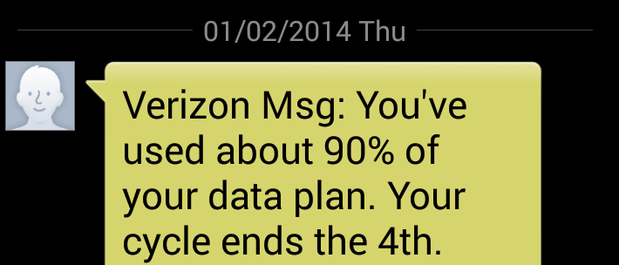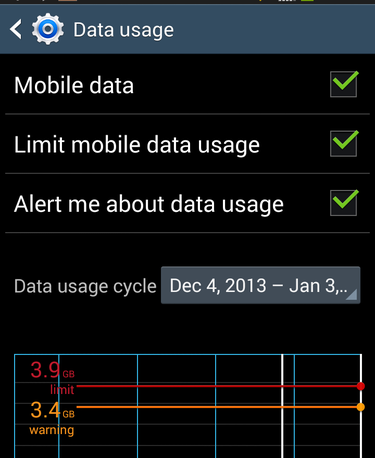ll, that’s a shock! Your cell bill, one of those monthly statements that’s more-or-less predictable, seems unusually high. It’s no puzzle; a data overage is to blame. You can admonish the teenagers for listening to too much ra at Make Out int, but it’s more productive to explore various ways methods of curtailing your mobile data consumption. To meet that end, I present a few hy tips suggestions.
Use -Fi wherever possible
Duh. I mean, this isn’t 2003 when you had to explain what -Fi was to a befuddled barista with a bad haircut. Today, -Fi is available at most locations, including those that don’t smell of coffee or play “safe jazz”. enever you plan on sitting anywhere for a while, check for -Fi hook in. Your phone or tablet may even alert you to available -Fi hotspots. That’s a major hint—a cry for help even. I’m certain every time my phone suggests a -Fi connection it makes some Verizon executive somewhere weep.
Check mobile data usage
Despite their desire to accumulate surcharges, mobile data carriers can be a source of help. Most of them offer an app or widget that lets you access their services, one of those services is some sort of measure of your data usage. That app may display usage live or it may need to be refreshed, but it remains a hy way to see how close you are getting to the limit. Especially when you have multiple devices on a single plan, the mobile data usage widget is an invaluable tool.

Text message alerts can help you avoid data surcharges.
You might also consider setting up your cellular provider’s data alerts: Visit their website to peruse available notification options. These alerts—free text messages or email—are sent to all devices on the same account, which is a bonus because teenagers actually read text messages.
Use the Data Usage tool to set data alerts
You’ll find the Data Usage tool lurking within the Settings app. It’s perhaps the best method for setting mobile data alerts even disabling access when usage gets too high.

The Data Usage screen.
The Mobile Data item enables all data monitoring goodness for your phone or tablet. Once set, you can use the other two settings on the Data Usage screen to help curtail mobile data usage.
The item mit Mobile Data Usage lets you set the ominous Red Bar of Doom on the usage grid. en mobile data encroaches upon its crimson glow, the device immediately stops using the mobile data network. The Red Bar of Doom can be adjusted up or down, depending on your data plan whatever piddly data allotment your provider grants you.
The ert Me About Data Usage item summons the Orange Bar of e. Adjust it to have the phone or tablet display a warning when data usage pierces its domain. Obviously setting the Orange Bar of e near the Red Bar of Doom makes sense; how close depends on how unruly the “family” part of your family plan can be.
Your cellular provider would like me to remind you that the information presented on the Data Usage screen is based on what your Android device has monitored. For corporate bottom-line reasons, that amount may not always be the same as usage values determined by your cellular provider. And, obviously, on plans with several devices, usage accumulates like dust bunnies under the couch.
Halt apps that use too much data

Apps that use mobile data.
en you mosey on down the Data Usage screen you’ll discover those greedy that apps that vociferously consume mobile data. They’re listed in order of their appetite.
Choose an app to behold specific usage information. Depending on the app, you may also discover some options settings which help you disable mobile data. Or you can just gleefully kill the app, which may offer temporary data consumption relief, plus it always makes me feel good to touch the Force Stop button.
Incidentally, quite a few apps feature controls that limit their data consumption to -Fi connections only. For example, Dropbox can be directed to sync photos only over a -Fi connection. For non-critical data, such settings are like a can of Febreze next to the cat box.
Avoid using features that consume way too much data
at things can consume way too much data? Try tethering. nt to hog down all your monthly quota in an hour? Set up a -Fi hotspot in an airport. These two features imperil your mobile data plan like a Costco-sized tiramisu endangers a ight-tchers convention. Don’t try tethering or create a mobile hotspot unless you have a mobile data plan beefy enough to support them.
Other data monsters include streaming music videos. If you’re going to do a lot of that, make sure you’re -Fi connected. Otherwise, you’ll poke through your monthly data plan’s gigabyte threshold like Godzilla chewing through a Tokyo apartment complex. You wallet will appreciate that disastrous event not happening on a regular basis.
















